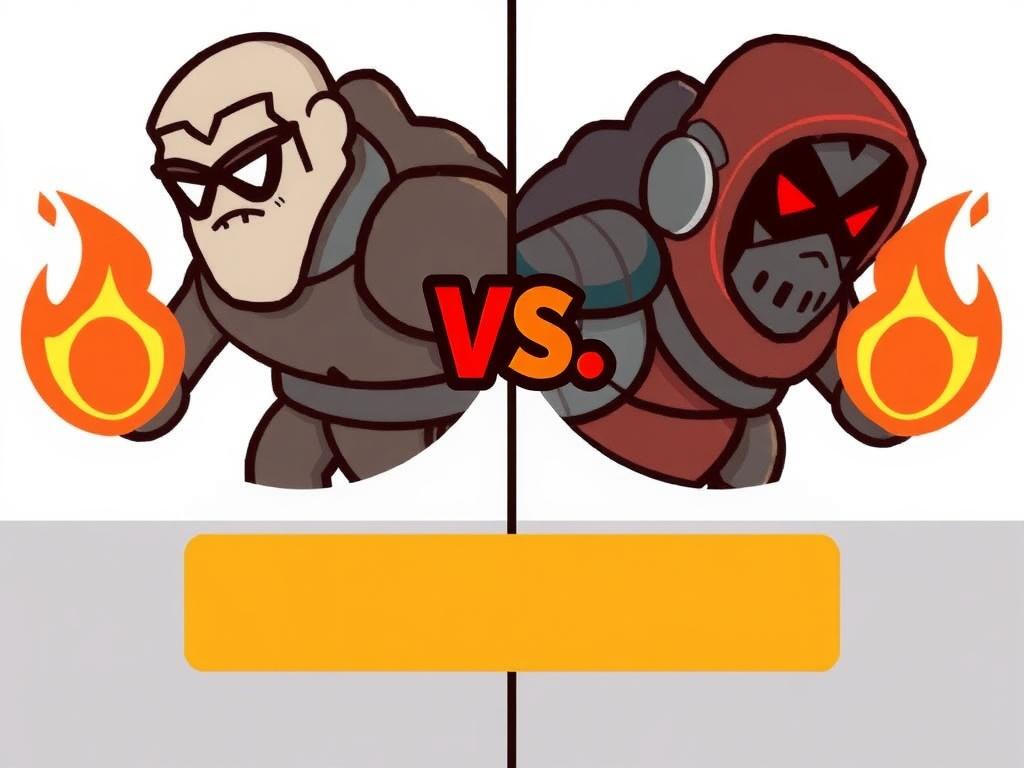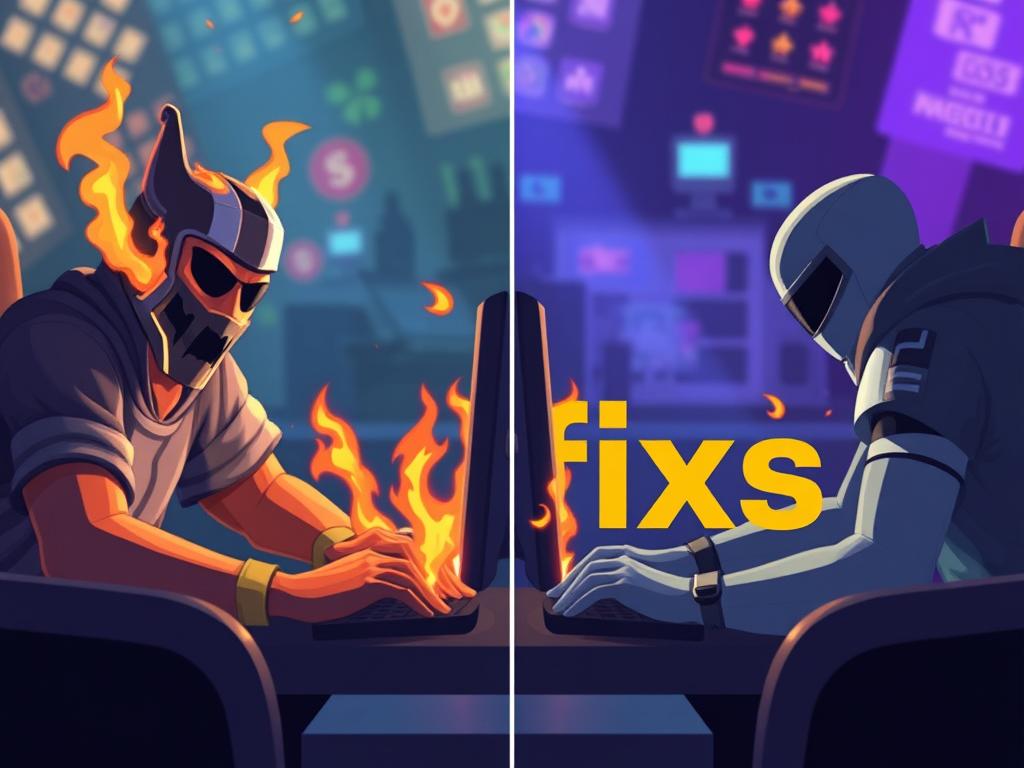Understanding the Basics: What Are Hotfixes and Soft Updates?
In the ever-evolving world of online gaming, game developers are constantly working behind the scenes to improve gameplay, fix bugs, and enhance player experiences. Two terms that frequently pop up in gaming communities and developer notes are “hotfixes” and “soft updates.” But what exactly do these terms mean, and how do they affect the game you love to play? To put it simply, hotfixes are urgent, targeted fixes deployed quickly to address critical issues, while soft updates involve more gradual and less intrusive changes to the game’s software. Both play crucial roles in maintaining a smooth and enjoyable online gaming environment, but understanding the differences can help players better grasp why and when these updates happen.
Hotfixes are like emergency repairs for a game—they are typically rolled out rapidly to fix severe bugs or security vulnerabilities that can affect gameplay immediately. These could include issues like game crashes, exploits that allow cheating, or server-related problems causing disconnects. On the other hand, soft updates are more subtle tweaks that do not require significant downtime or extensive downloads. Instead, soft updates might improve game balancing, adjust in-game economy, or introduce minor quality-of-life enhancements in the background without interrupting your current session.
How Hotfixes and Soft Updates Impact Your Gaming Experience
When you’re deeply immersed in a match or a quest, sudden disruptions can be frustrating. That’s why game companies carefully choose between deploying a hotfix or a soft update based on urgency and player convenience. Hotfixes often require servers to go offline temporarily, meaning players may need to log out and download new data before continuing. While this can be inconvenient, hotfixes usually prevent much bigger issues, such as game-breaking bugs or security risks.
Soft updates, by contrast, are designed to minimize such interruptions. These updates might happen quietly while you’re playing or during low-traffic hours; in some cases, you might not even notice when they’ve been applied. By introducing changes incrementally, soft updates ensure that the game stays fresh and balanced without forcing players to pause their fun. Additionally, because these tweaks are softer in nature, they tend to have a lower risk of introducing new problems.
Table: Key Differences Between Hotfixes and Soft Updates
| Aspect | Hotfixes | Soft Updates |
|---|---|---|
| Purpose | Urgent fixes for severe bugs or exploits | Minor improvements or balancing changes |
| Deployment Speed | Very fast, sometimes immediate | Gradual, can happen over time |
| Player Impact | Often requires downtime or game restarts | Minimal to no downtime, often seamless |
| Risk Factor | Higher—quick changes might introduce new bugs | Lower—incremental changes allow for better testing |
| Typical Usage | Fixing critical crashes or exploits | Adjusting game balance, UI improvements |
Why Developers Choose Hotfixes or Soft Updates
Game developers face a constant balancing act when deciding how to maintain their products. One of the biggest challenges is responding to player feedback and fixing issues without alienating users through inconvenient downtime or unstable game versions. Hotfixes serve as a crucial tool when a major problem threatens the game’s integrity or competitive fairness. For example, if a particular weapon or ability is found to be overwhelmingly powerful due to an unintended bug, deploying a hotfix to fix it quickly is essential. Similarly, if a security exploit is detected that could lead to cheating, fast action is necessary to preserve the online environment.
Conversely, soft updates are ideal for gradual polishing and introducing content over time. For multiplayer games, maintaining balance is an ongoing process, and soft updates allow developers to slowly adjust the game’s variables to prevent sudden shockwaves in gameplay. For instance, they might tune experience gain rates, tweak character stats, or add minor interface options to improve usability. Since these soft updates don’t disrupt the gaming routine as much, players tend to appreciate the smooth experience.
List: Common Examples of Hotfixes and Soft Updates

- Hotfixes: Fixes for game crashes or server disconnects, patching exploits, addressing critical in-game bugs, security vulnerability patches.
- Soft Updates: Gameplay balance tweaks, UI adjustments, minor bug fixes that don’t require a restart, economy rebalancing, added sound effects or animations.
How Players Can Stay Informed About Updates
Being an active member of any gaming community means staying informed about the changes affecting your favorite game. Most developers communicate hotfixes and soft updates through patch notes, official forums, social media, and even in-game notifications. Hotfixes usually come with urgent announcements because they might temporarily take servers offline, while soft updates may be mentioned more casually as part of ongoing improvement logs.
Players benefit from reading these updates, not only to understand the changes but also to avoid surprises. For example, knowing a hotfix is imminent allows you to plan your playtime accordingly, and understanding the intent behind a soft update may help you adapt to gameplay shifts without frustration.
The Future of Updates in Online Gaming
As online games grow increasingly complex, the ways developers deliver hotfixes and soft updates will continue to evolve. Emerging technologies like cloud gaming and AI-powered deployment could reduce downtime even further and make both hotfixes and soft updates smoother than ever. Moreover, real-time analytics enable developers to detect bugs faster and adjust gameplay more responsively.
Players can expect a future where these updates become more transparent and less disruptive, enhancing overall game quality. The balance of quick fixes and seamless improvements will remain key to keeping gamers happy and engaged.
Conclusion
In the dynamic landscape of online gaming, both hotfixes and soft updates play vital roles in ensuring a quality experience. Hotfixes act as rapid responses to critical problems that demand immediate attention, often involving some interruption to gameplay. Soft updates, meanwhile, provide a gentler, ongoing process of tweaking and improving the game without significant disruption. By understanding these differences, players not only gain insight into how their favorite games evolve but also learn to appreciate the thoughtful balance developers strike between urgent fixes and continuous enhancement. Staying informed about these update types empowers gamers to navigate changes smoothly and enjoy their gaming journeys to the fullest.

